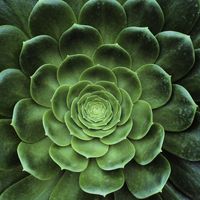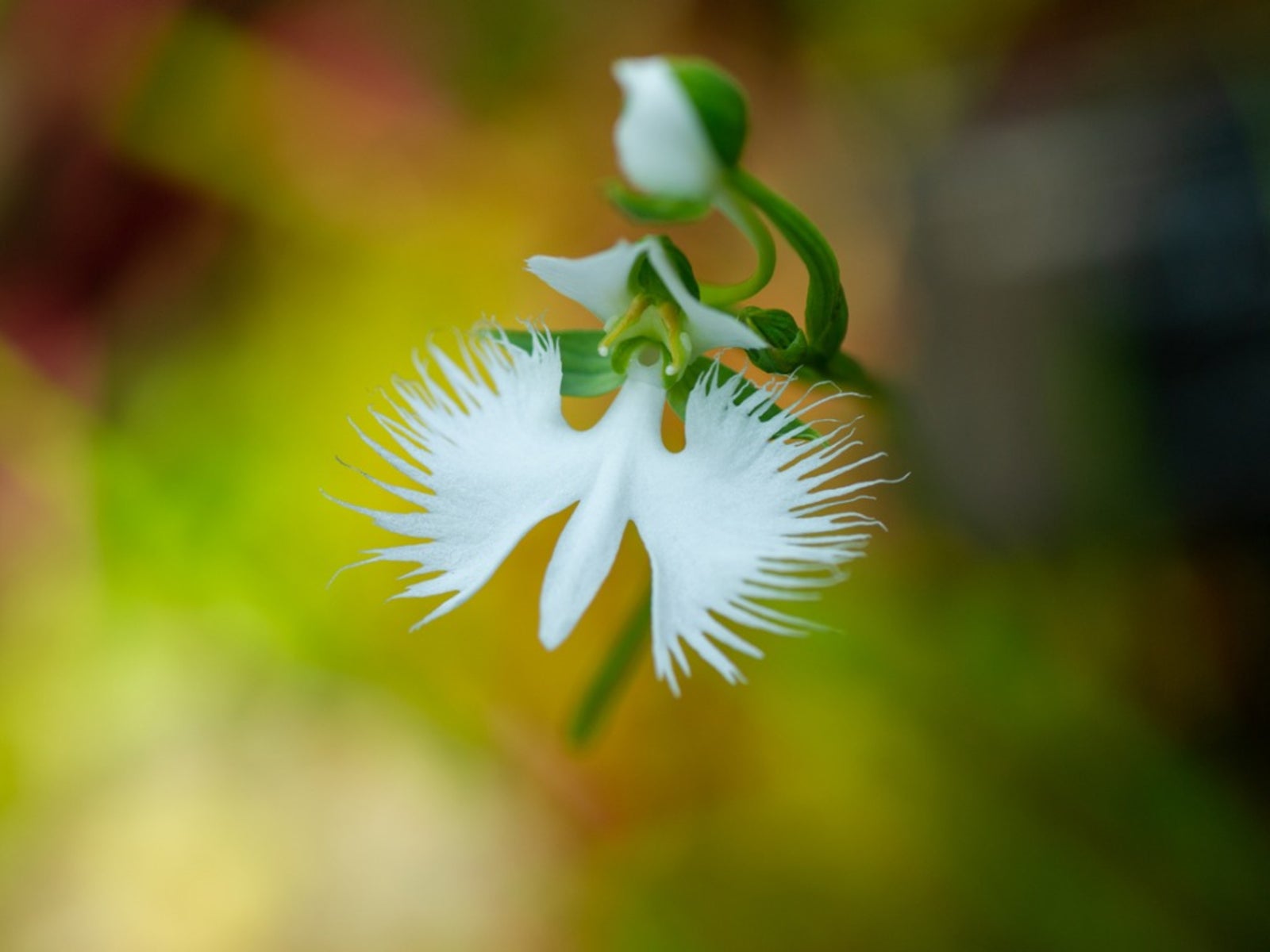Egret Flower Information – How To Grow An Egret Flower


What is an egret flower? Also known as white egret flower, crane orchid, or fringed orchid, the egret flower (Habanaria radiata) produces strappy, deep green leaves and beautiful flowers that closely resemble pure white birds in flight. Read on to learn more about this exotic plant.
Egret Flower Information
Native to Asia, egret flower is a type of terrestrial orchid that grows from fleshy, pea-sized tubers. It grows primarily in grassy wetlands, shady glades, or bogs. Egret flower is endangered in its natural habitat, probably due to urbanization, habitat destruction, and over collecting. Egret flower is suitable for growing in USDA plant hardiness zones 5 through 10, although with proper care and ample mulch, it may tolerate more northern climes. Alternatively, you can grow egret flower in pots and bring it indoors when frosty temperatures approach in autumn.
How to Grow an Egret Flower
Growing egret flowers is relatively simple because the plant multiplies generously. A few bulbs can soon become a beautiful colony of plants. Outdoors, plant bulbs in spring, pointy sides up, just below the surface of the soil. Egret flower performs best in well-drained soil and either full sunlight or partial shade is fine. Growing egret flowers in pots is just as easy. Most importantly, use a potting mix formulated for orchids, or a well-drained media such as regular potting mix combined with sand and/or perlite.
Egret Flower Care
Water newly planted bulbs lightly at first, providing enough water to keep the soil slightly moist. Increase the amount of water when the plant is established, keeping the soil continually moist but never waterlogged. Fertilize egret flowers every other week during flowering, using a very dilute (10 to 20 percent) liquid fertilizer. Spray aphids or other small pests with insecticidal soap spray or neem oil. Continue watering regularly until the plant stops blooming, then decrease gradually as temperatures drop in fall. The plant will go dormant when nighttime temperatures reach about 60 degrees F. (15 C.). Dig the bulbs for storing if you live in a cold winter climate. Allow the bulbs to dry, then store them in damp perlite or vermiculite. Place the bags in a cool, non-freezing room and dampen them about once every month to keep them from becoming bone dry until replanting in spring. Check the bulbs regularly and toss out any soft or dark bulbs. Healthy bulbs are firm and pale brown or tan.
Sign up for the Gardening Know How newsletter today and receive a free copy of our e-book "How to Grow Delicious Tomatoes".

A Credentialed Garden Writer, Mary H. Dyer was with Gardening Know How in the very beginning, publishing articles as early as 2007.